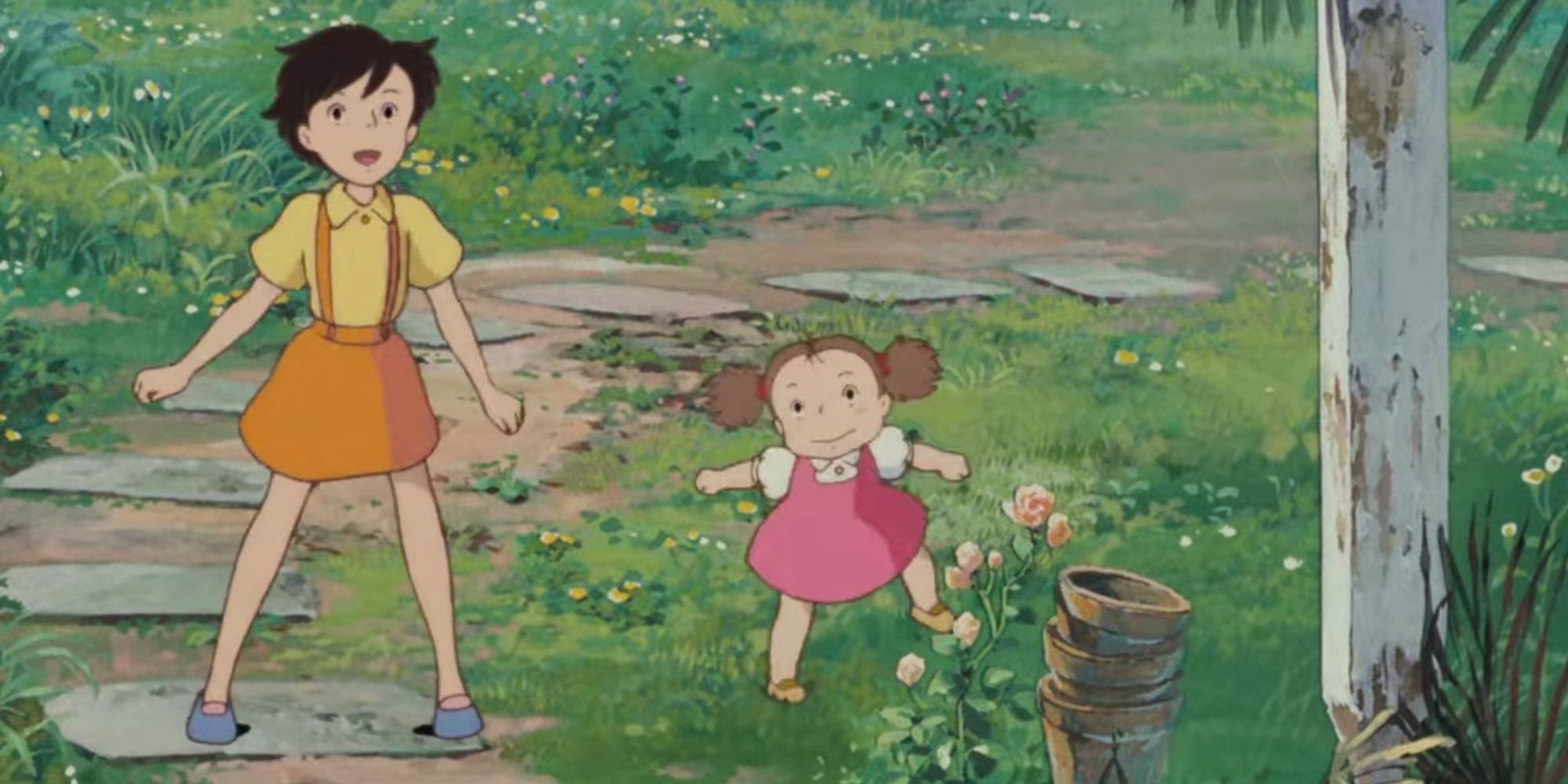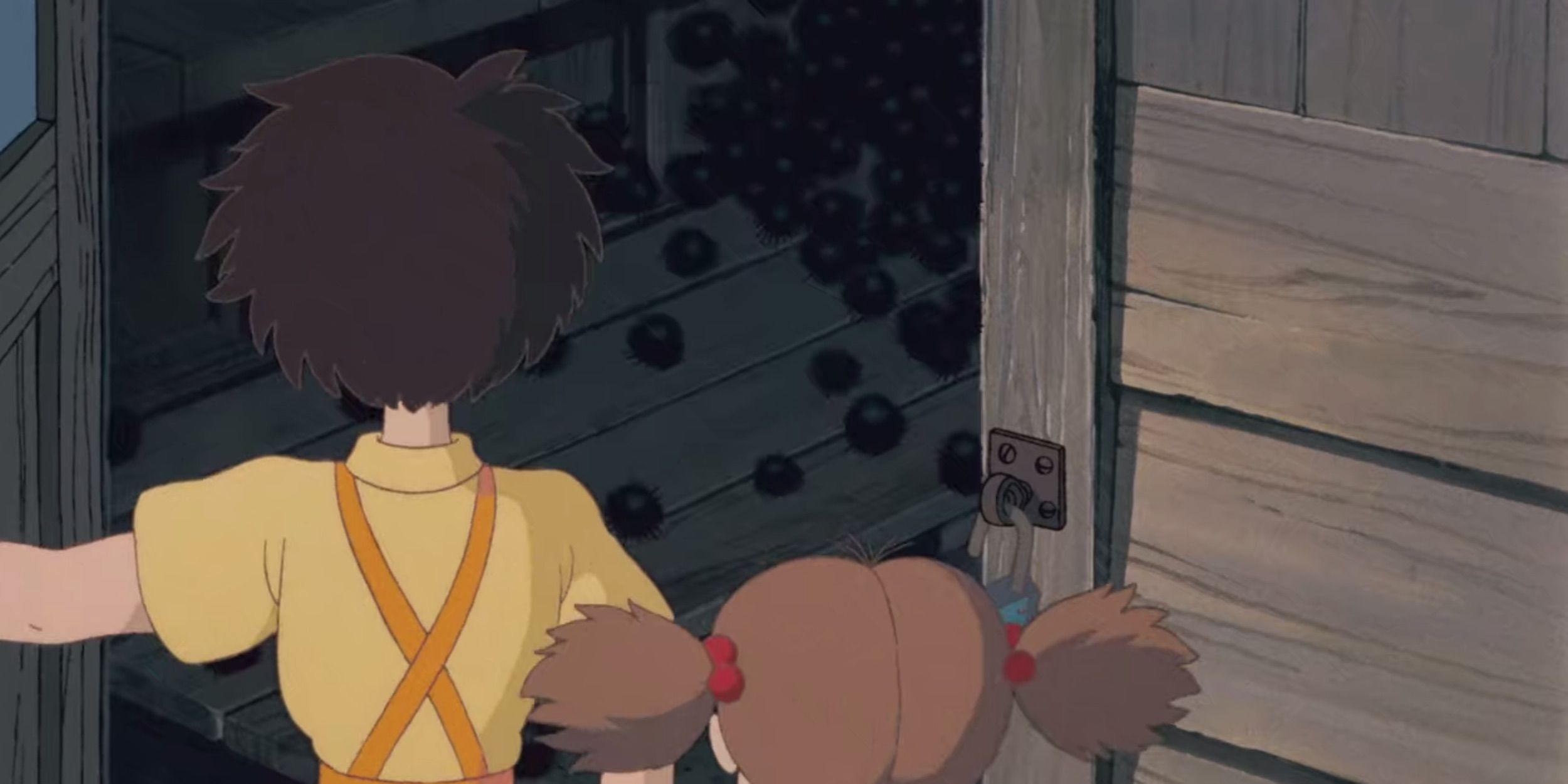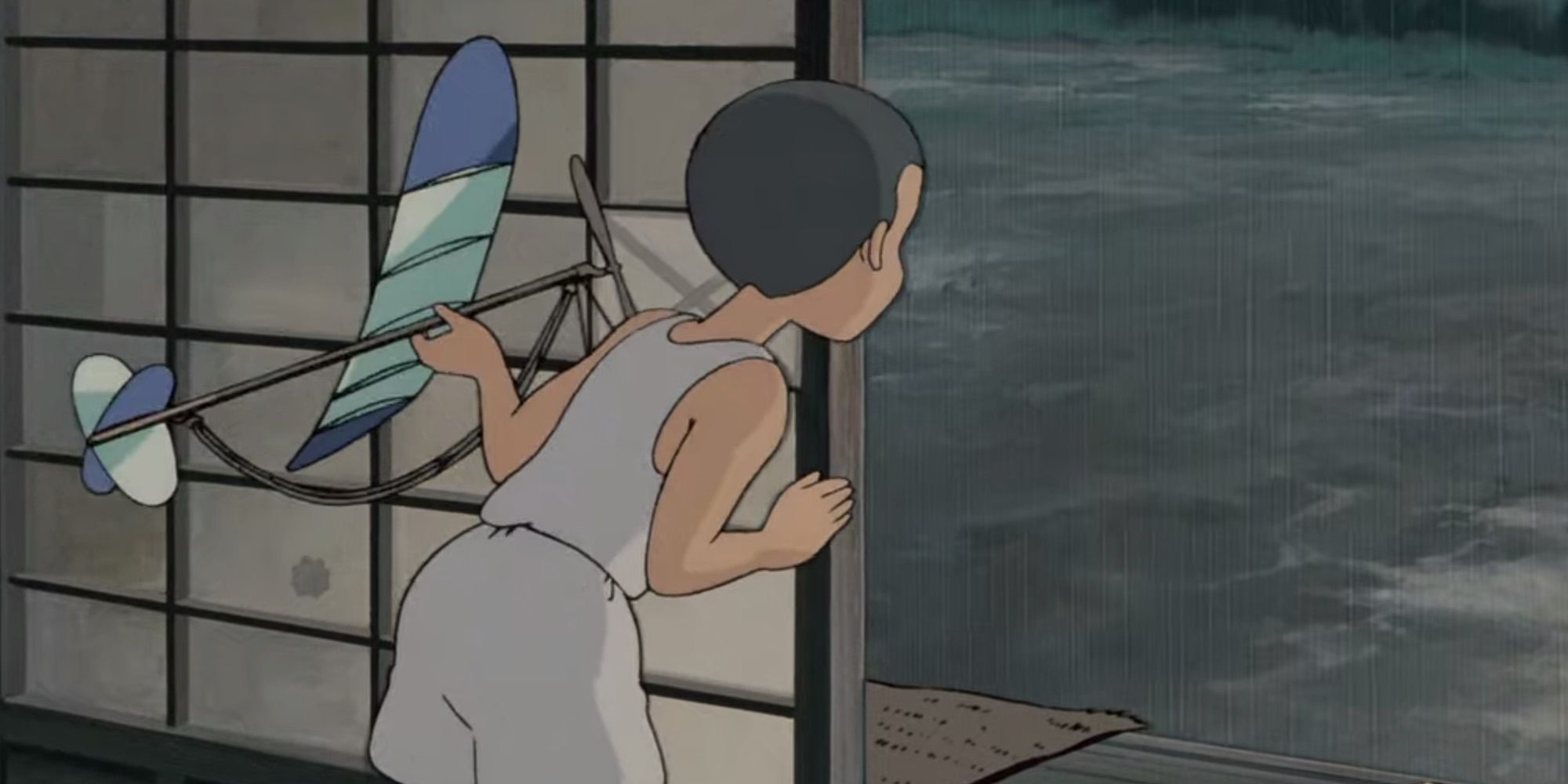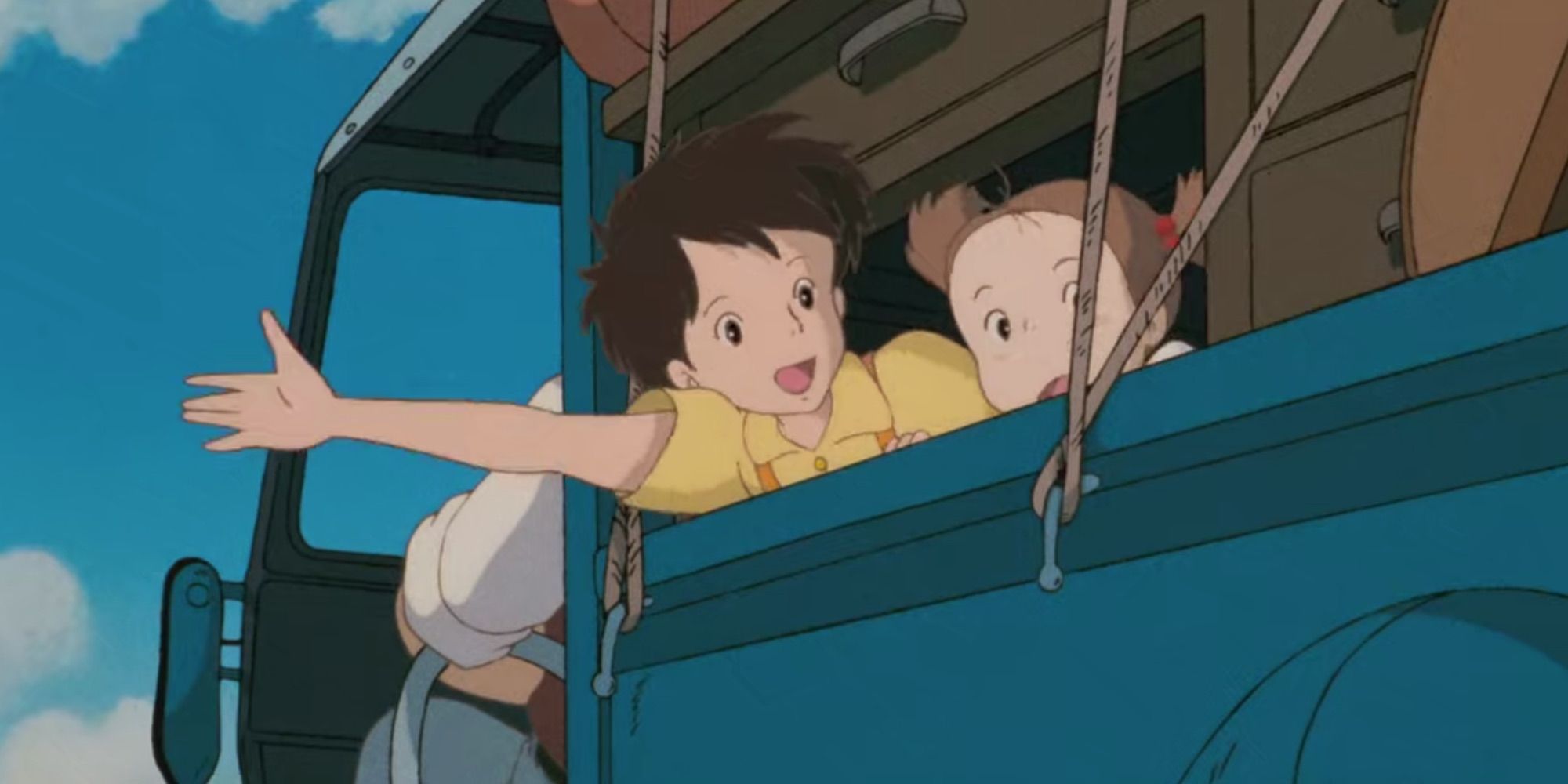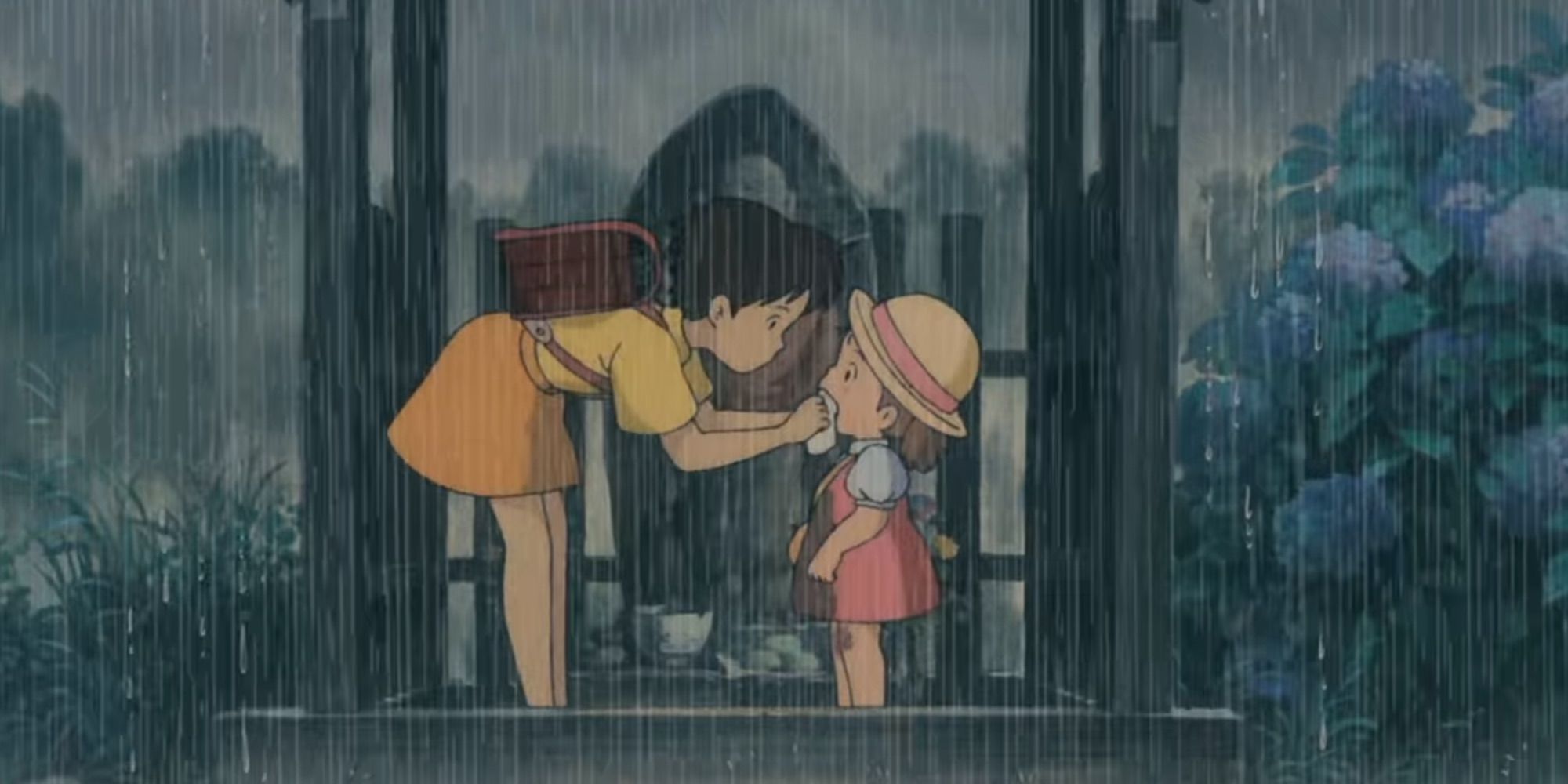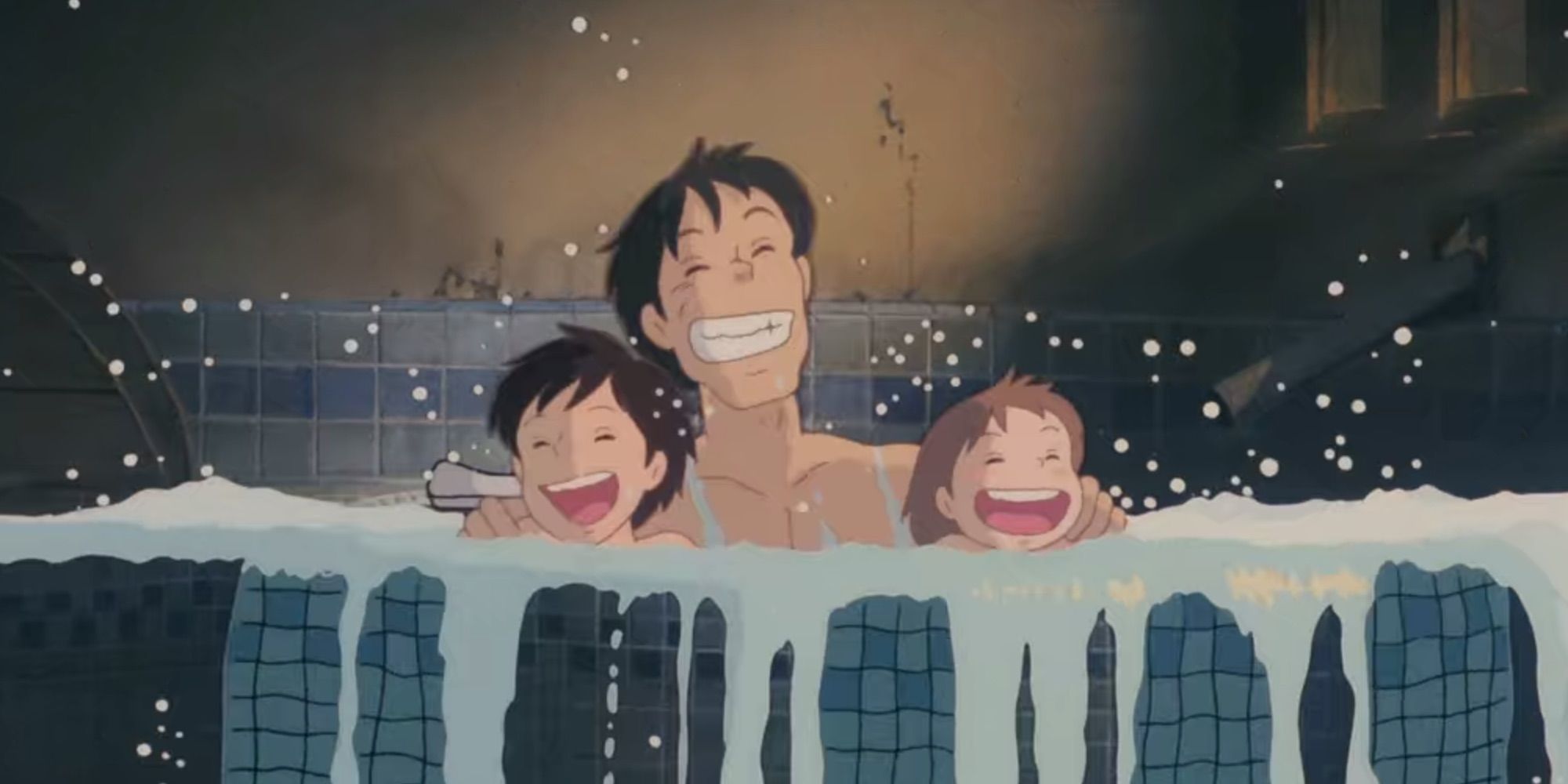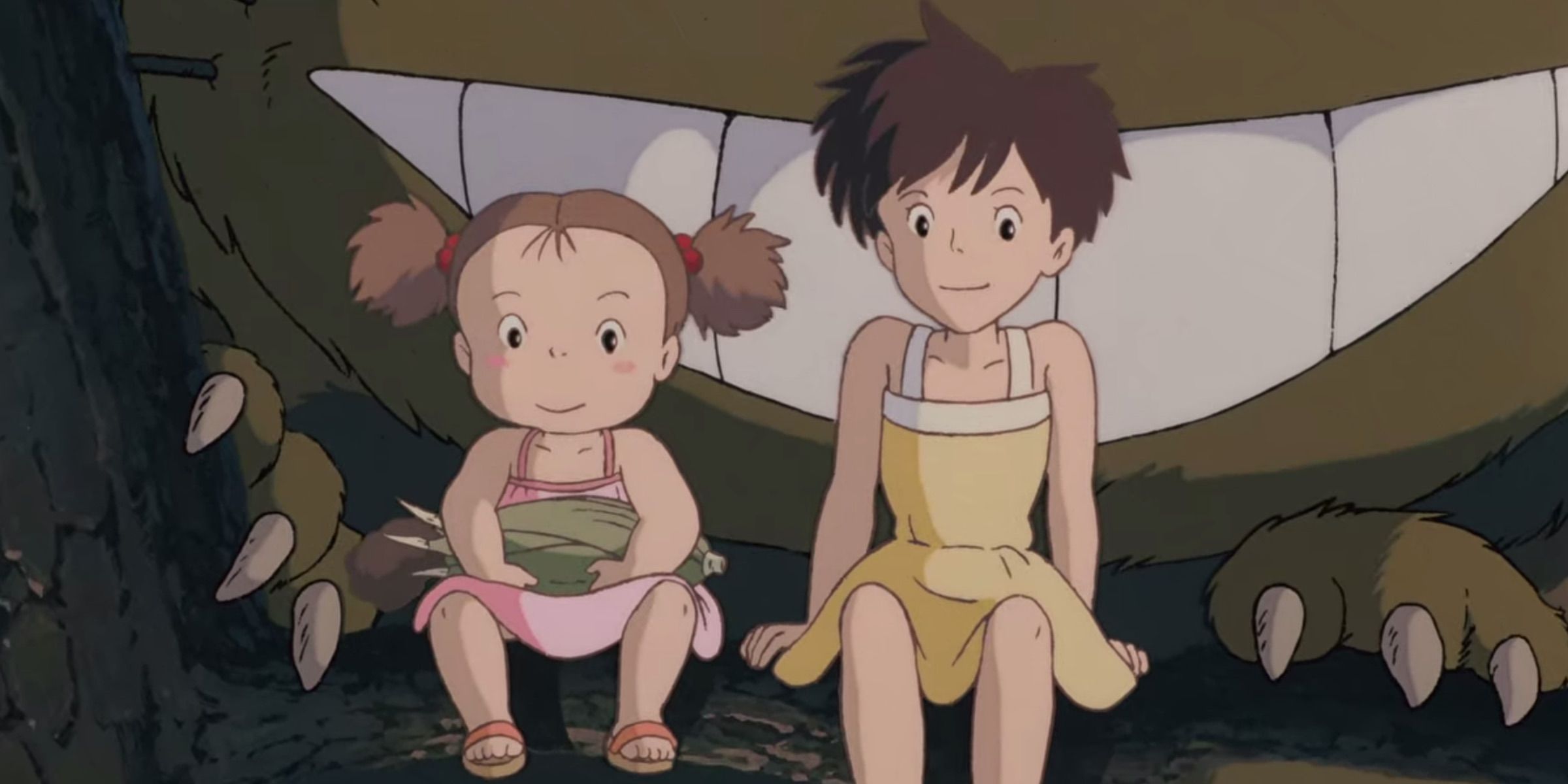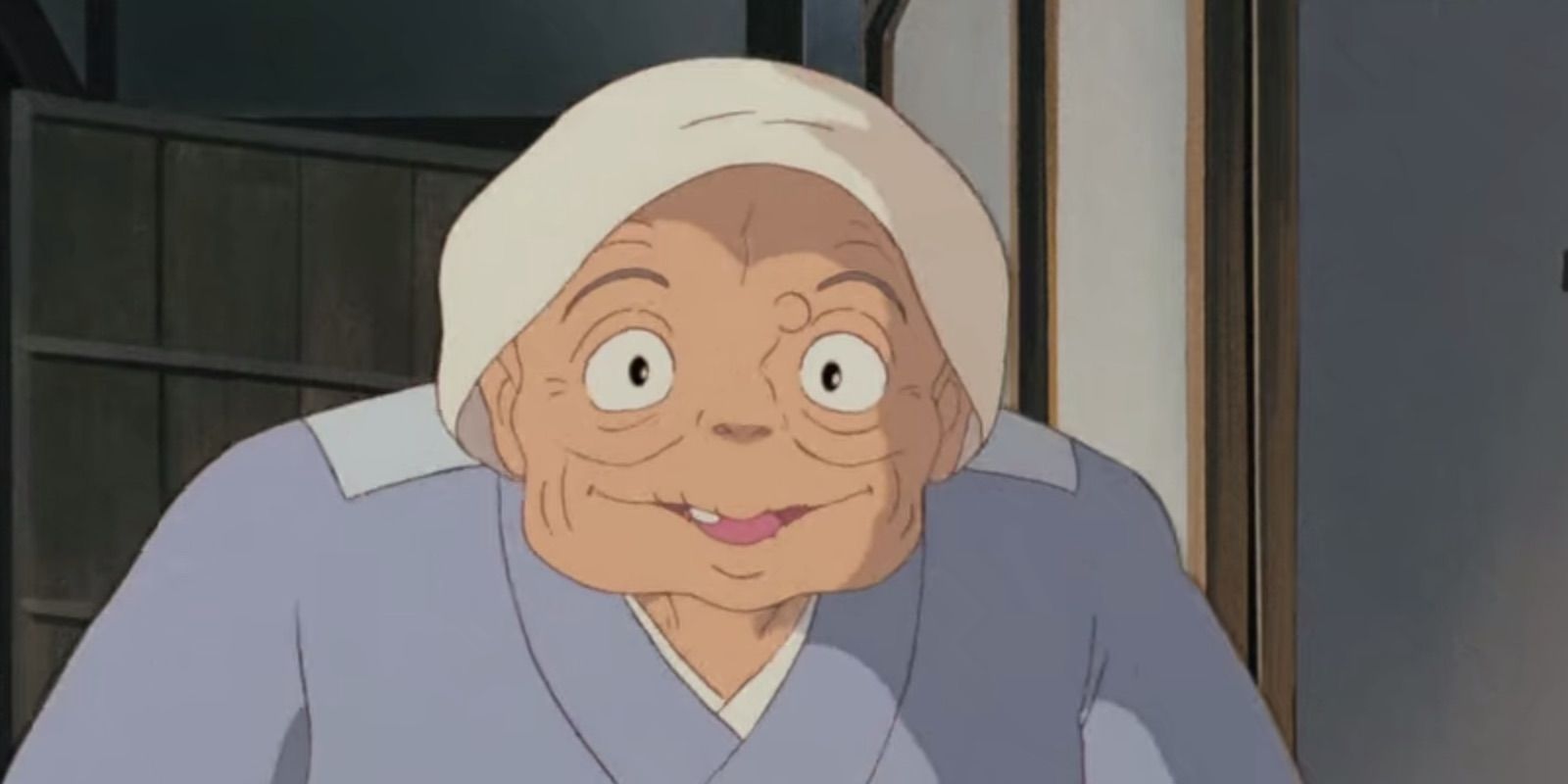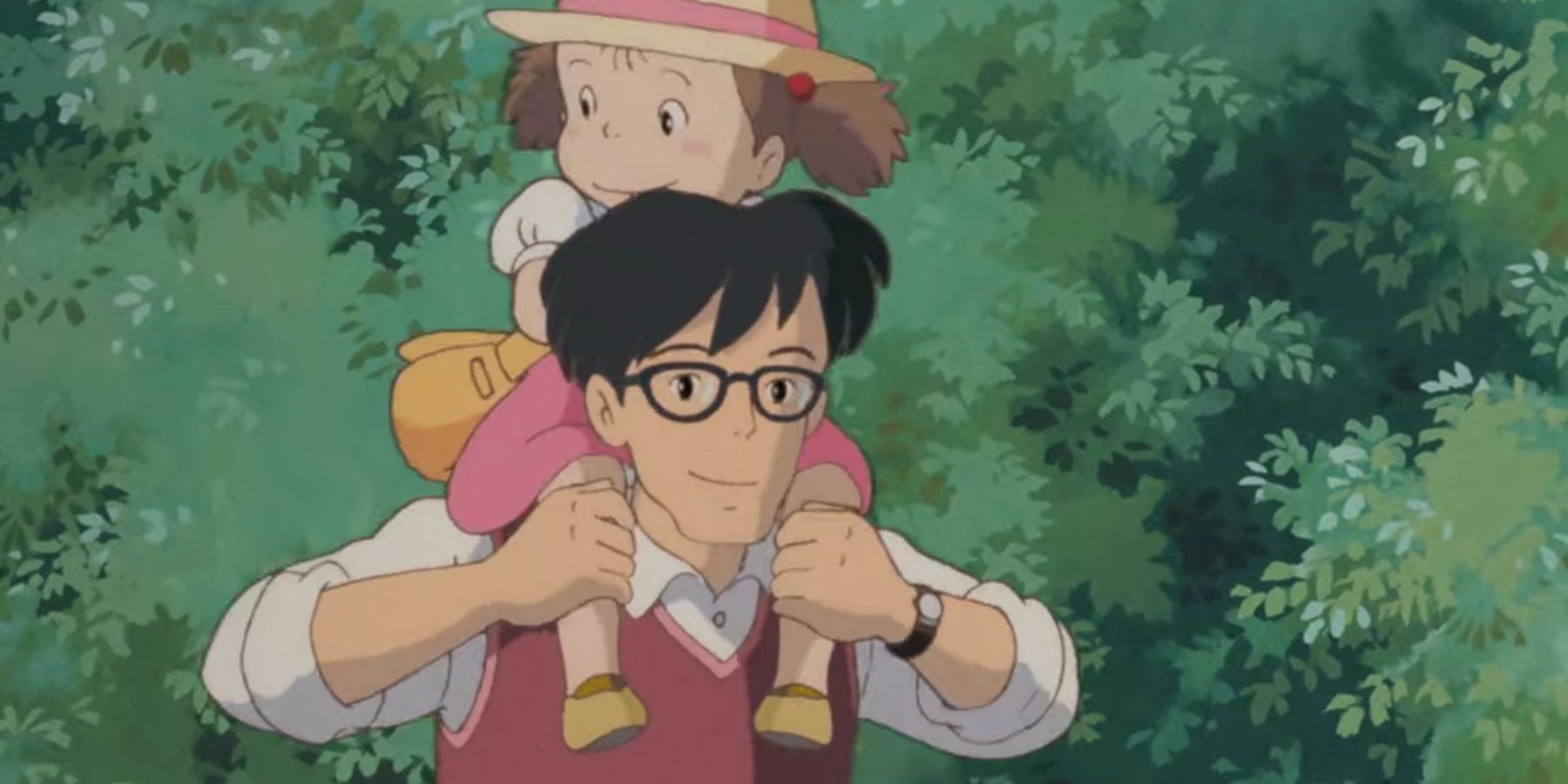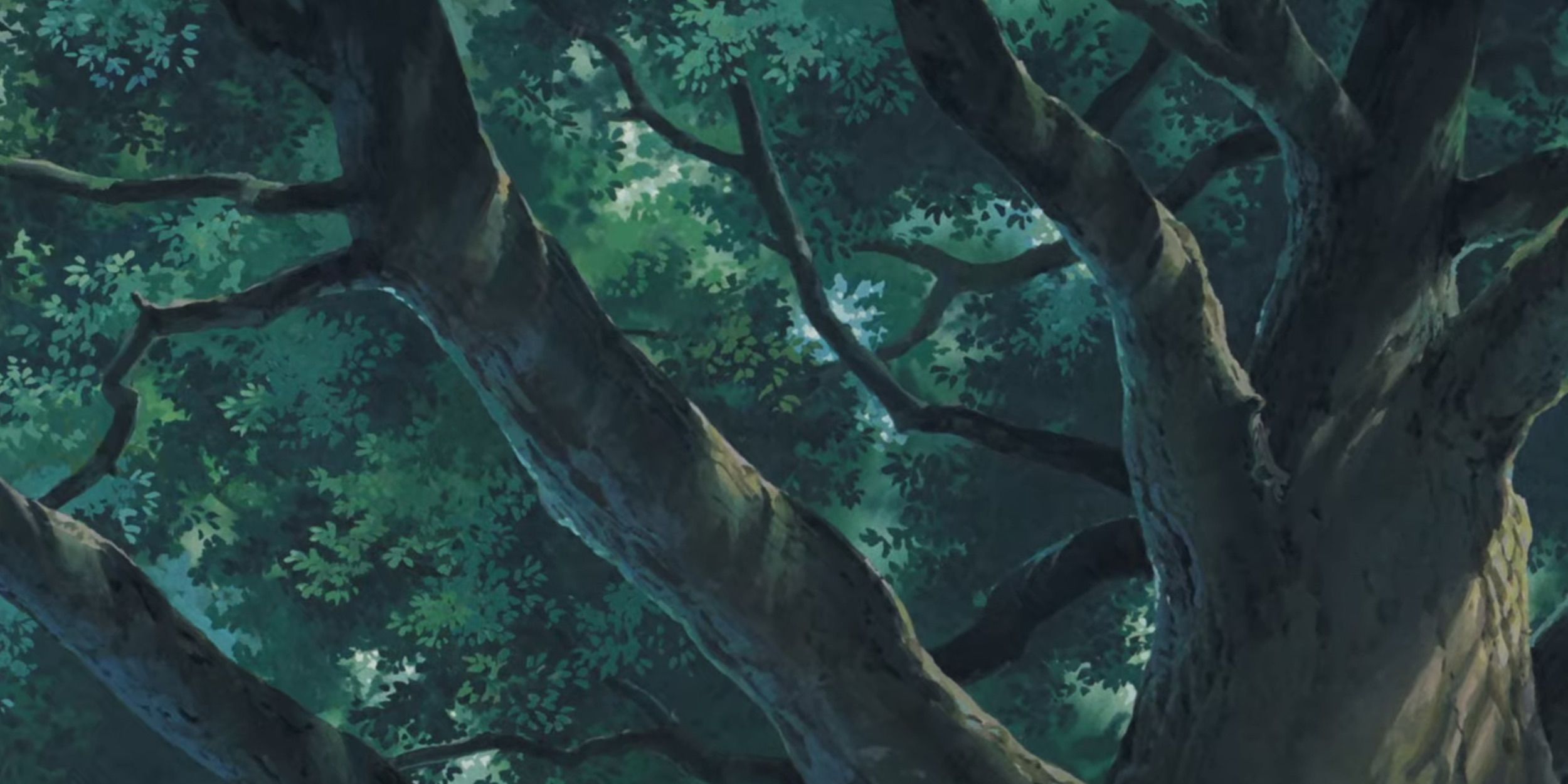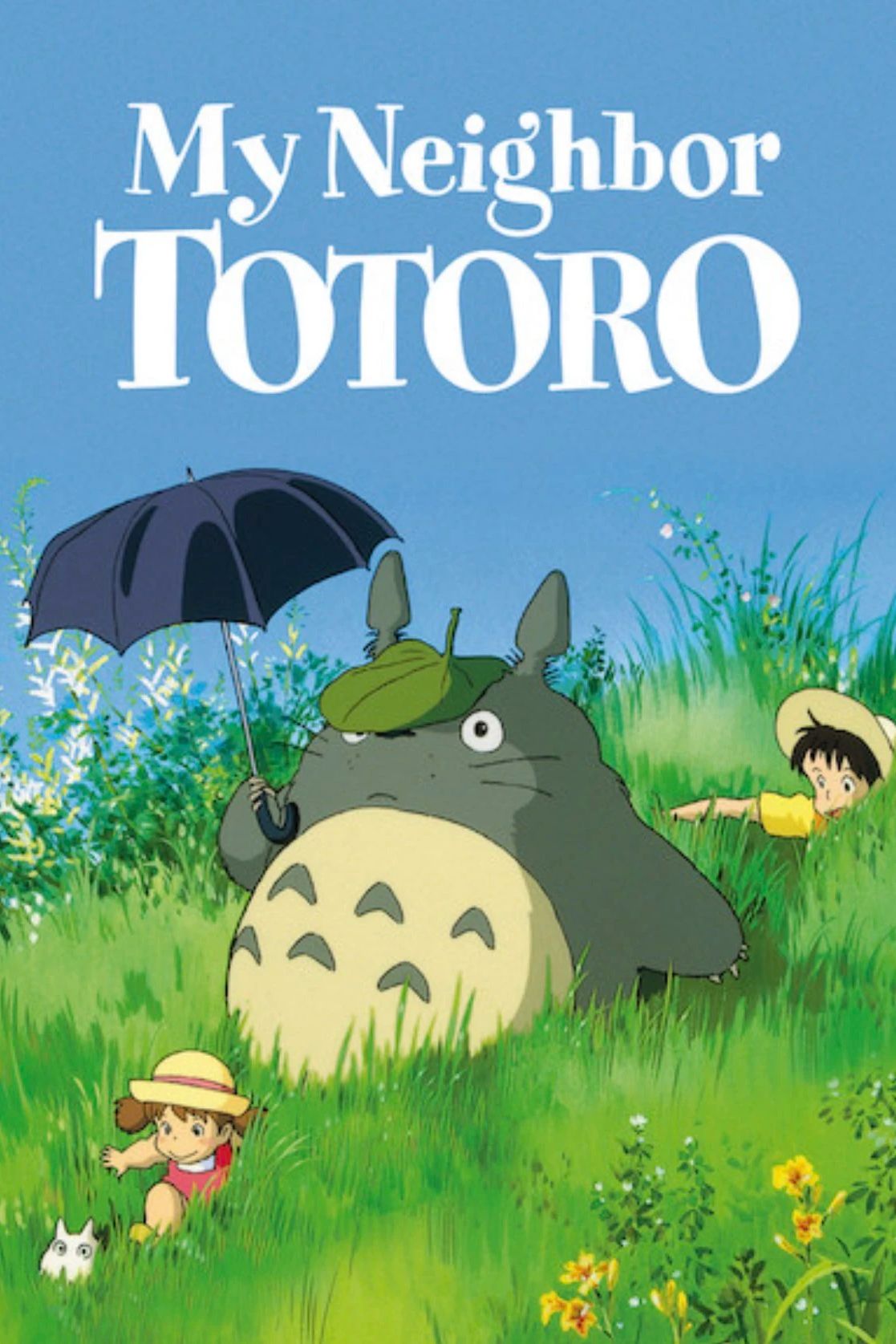10 Best My Neighbor Totoro Quotes, Ranked
Summary
-
My Neighbor Totoro
is a mellow, feel-good film suitable for all ages, offering beautiful lines of dialogue and magical encounters. -
My Neighbor Totoro
portrays childhood innocence and optimism, finding beauty and wonder in everyday life. - The movie blends reality and fantasy, emphasizing the importance of joy and courage in the face of fear.
My Neighbor Totoro, directed by Hayao Miyazaki and produced by Studio Ghibli, features some of Miyazaki’s best quotes. The movie follows the enchanting journey of two young sisters, Mei and Satsuki, who move to the countryside with their father to be closer to their mother, who is recuperating in a hospital. Upon settling into their new home, the girls find themselves immersed in a world of fantasy and wonder, encountering magical creatures and embarking on whimsical adventures.
This movie is among Miyazaki’s best movies and most heartwarming creations, making it an ideal introduction to Studio Ghibli’s oeuvre for audiences of all ages. My Neighbor Totoro is celebrated for its soothing atmosphere, captivating story, and memorable lines of dialogue. The most poignant quotes from the film not only enhance the narrative but also offer profound insights into the characters and the overarching themes of nature, family, and childhood innocence. Through its beautifully crafted moments and dialogue, the film invites viewers to experience the simple joys of life and the magic that can be found in everyday moments.
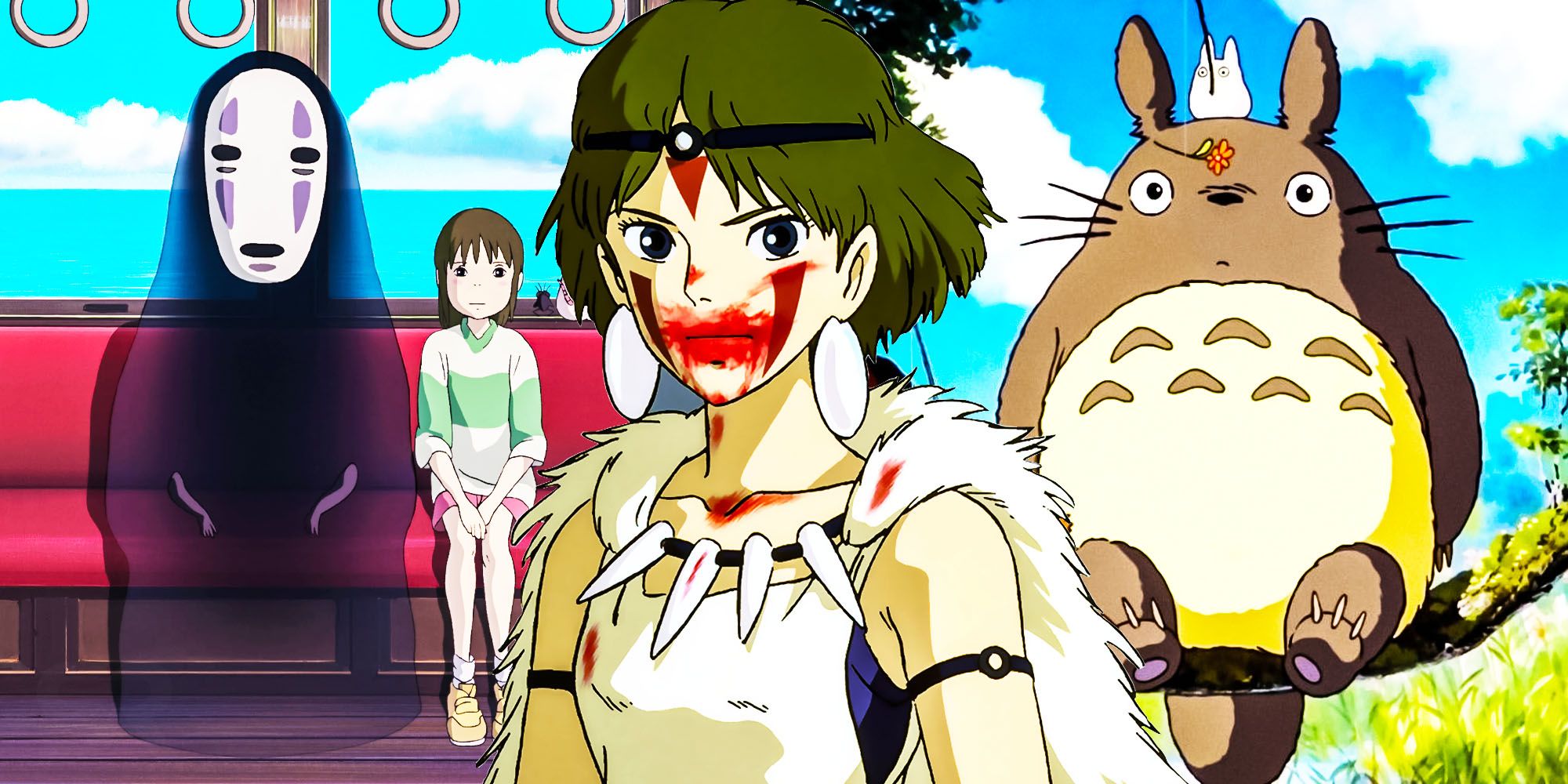
Related
Every Studio Ghibli Film (And What They Were Inspired By)
Studio Ghibli has produced many beloved animated films, which have taken inspiration from various sources, including books, manga, and other movies.
10 “It’s Collapsing!” “It’s Collapsing!”
Mei & Satsuki, To Each Other
At the start of My Neighbor Totoro, sisters Mei and Satsuki arrive at their new home to find that the front pillars of the porch are literally crumbling. They are not upset by this, as would likely be expected of many children, but instead take it in their stride, excitedly proclaiming to each other about the state of their house. Thrilled and amused to have such a house full of adventure and character, the girls immediately begin to run around doing cartwheels.
This carefree attitude towards their dilapidated new home encapsulates the film’s overall theme of finding beauty and wonder in everyday life. Instead of being deterred by the decay, Mei and Satsuki’s excitement signifies their readiness to embrace the unknown. It’s a refreshing portrayal of childhood innocence and optimism, demonstrating how they view the world through a lens of curiosity and imagination. This reaction sets the stage for the following magical encounters, underscoring their openness to new experiences and their ability to find joy in life’s simple, unpolished aspects.
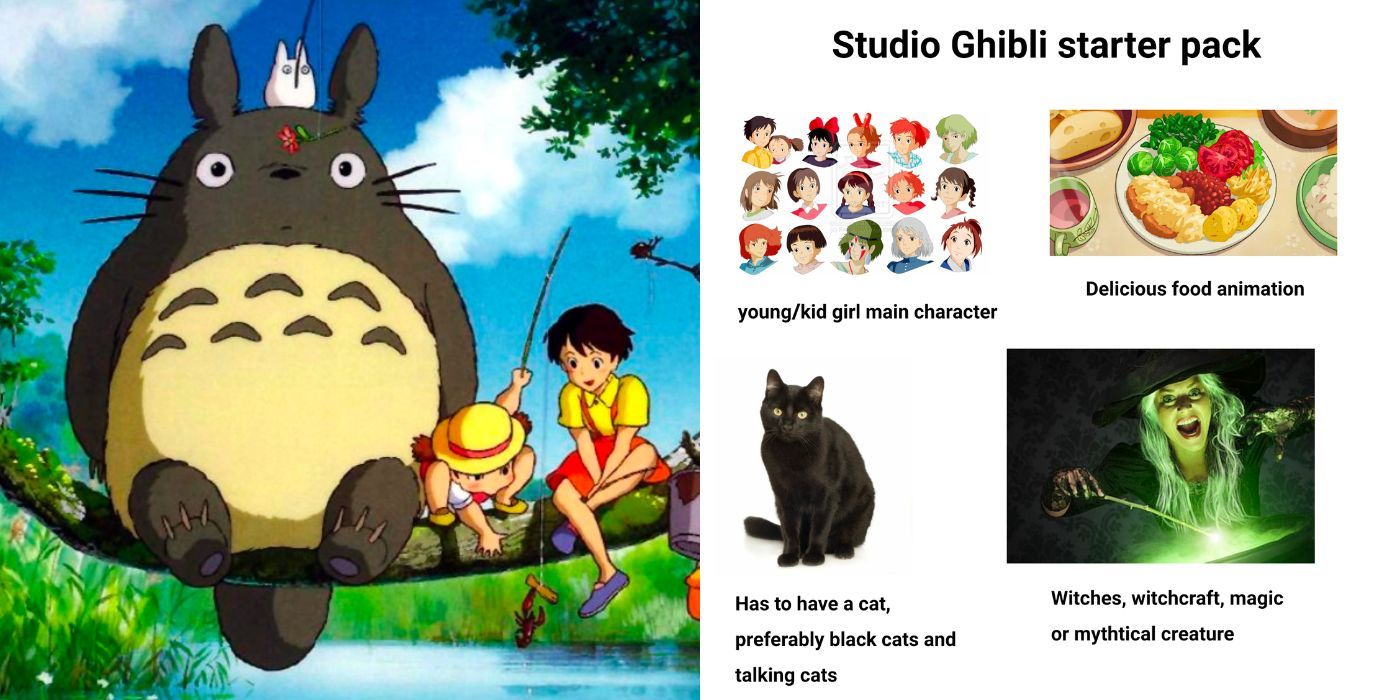
Related
Studio Ghibli: 10 Memes That Perfectly Sum Up The Movies
From Ghibli starter packs to arguments about the best films from the studio, there are some memes that perfectly capture Studio Ghibli films.
9 “Normally, You Can’t See Soot Gremlins, But Every Once In A While When You Go From A Bright Place To A Dark One You Can Catch A Glimpse Of Them.”
Tatsuo (Father), To Mei & Satsuki
When Mei and Satsuki first open the back door to their house, they witness hundreds of tiny black creatures scatter to the corners of the room and then disappear. When they call in their father to have him search for the creatures, he finds nothing. Once they explain to him what they saw, he understands, in a scene that marks the introduction of the Soot Gremlins, one of Studio Ghibli’s best non-human characters. Even before Totoro appears, the Soot Gremlins add a sense of magic and wonder to Mei and Satsuki’s new surroundings.
Tatsuo’s explanation about the Soot Gremlins validates his daughters’ experience and reinforces the film’s theme of the unseen and the mysterious being an integral part of life. His calm acceptance and whimsical explanation bridge the mundane and the magical, illustrating the blend of reality and fantasy central to Miyazaki’s storytelling. This moment teaches Mei and Satsuki, and the audience, to remain open to the extraordinary hidden within the ordinary, preparing them for the even more fantastical encounters that lie ahead with Totoro and the other forest spirits.
8 “Kanta Is Such A Dirty Kid, He Can Always Use A Good Drenching.”
Kanta’s Mother, To Satsuki
Mei and Satsuki’s new neighbors have a child, the shy Kanta, but he’s often seen staring at Satsuki, clearly enthralled with her. One rainy day, he insists that they take his umbrella, and when they return it, apologizing to Kanta’s mother for the fact that he likely got “drenched,” her response is comical. It shows why Totoro is one of Ghibli’s movies with the best English dubs. The honesty of the reaction is hilarious and surprising, in typical Miyazaki style, and perhaps helps explain some of the reasons why Kanta acts the way he does.
This brief interaction provides a glimpse into the everyday humor and realism that Miyazaki weaves into his fantastical tales. Kanta’s mother’s offhand comment lightens the mood and subtly conveys the community’s down-to-earth and accepting nature. It humanizes the characters, making their world feel lived-in and relatable. This moment underscores the warmth and authenticity of the rural setting, highlighting the contrast between the magical elements of the story and the grounded, human interactions that make My Neighbor Totoro so endearing and timeless.
7 “Hide!… Whoops. I Thought That Was A Policeman. Hello!”
Satsuki, To Mei
A funny part of the movie that quickly sets the story’s tone occurs in My Neighbor Totoro’s opening scene. The girls drive with their father to their new home in the country but are tucked away beneath all the furniture tied to the back of their vehicle. The sisters are perfectly happy with the arrangement—another example of their endless amusement in all things strange and banal—but once Satsuki thinks she sees a police officer on the road, she yells for Mei to hide. Realizing she was wrong, Satsuki waves to him.
This moment sets a lighthearted and playful tone for the film and highlights the close bond between the sisters. Satsuki’s quick shift from concern to friendliness showcases her adaptability and positive outlook, traits that are essential as they navigate their new life in the countryside. This scene also subtly introduces the audience to the whimsical and carefree spirit that defines much of Miyazaki’s work, blending everyday moments with a touch of humor and innocence. It establishes a foundation of warmth and familial love that permeates the entire story, making the magical elements that follow feel even more special.
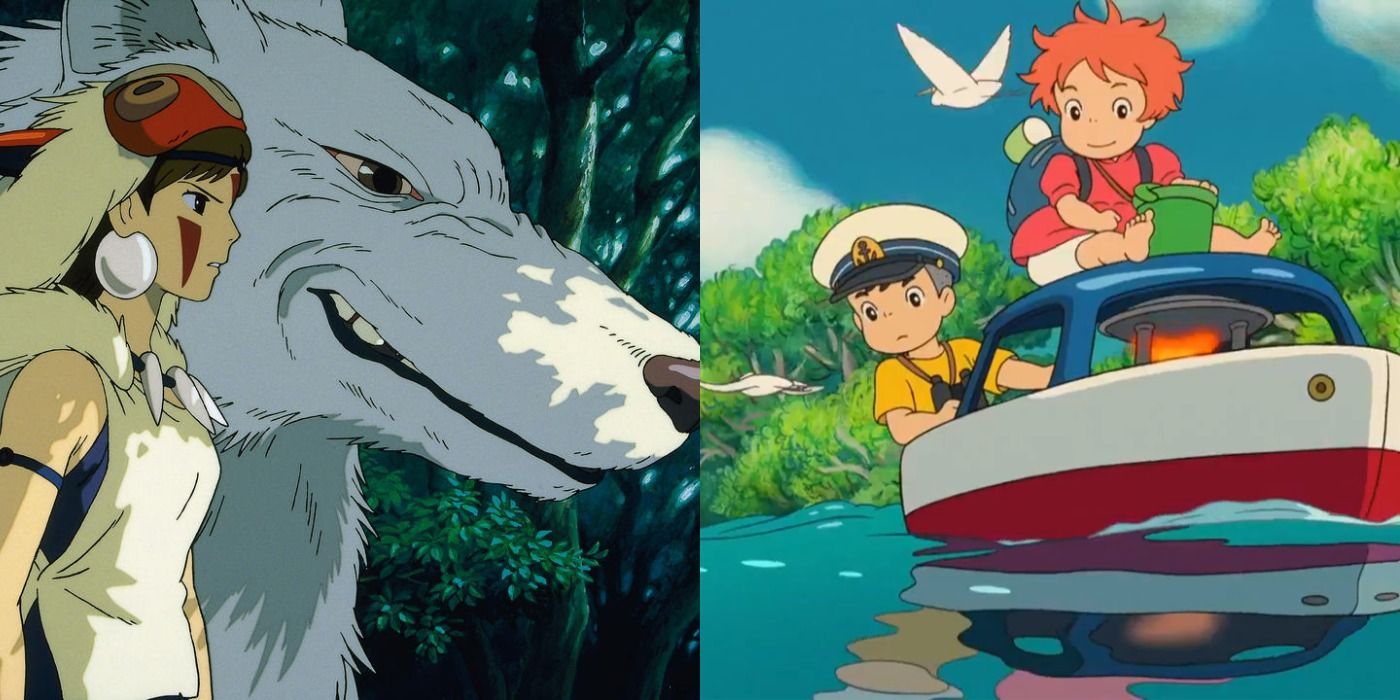
Related
The 10 Best Hayao Miyazaki Movies, According To Letterboxd
Miyazaki movies are filled with beautifully magical elements that vary from innocent childhood tales to ambitious war stories.
6 “We’ll Have To Share Your Roof For A While, Sir, If You Don’t Mind.”
Satsuki, To The Jizo Statue
There are many hidden details in Studio Ghibli movies, one of which can be seen when Mei and Satsuki are walking home, and it begins to downpour. They step under a small roof covering a statue and immediately acknowledge entering a space that is not theirs. It’s easy to miss when first watching the movie that this figure is a Jizo statue. Traditionally depicted as a Buddhist monk, the statue hints at the film’s broader spiritual themes, and Satsuki and Mei’s respectful approach to the statue ties into their dealings with Totoro.
This brief yet meaningful interaction underscores the sisters’ inherent respect for the world around them, both seen and unseen. It reflects the deep cultural roots present in Miyazaki’s work, where even small moments are imbued with significance. The Jizo statue serves as a symbol of protection and guidance, aligning with the spiritual guardianship Totoro provides. Satsuki’s polite request to share the roof emphasizes their humility and reverence, central themes throughout the movie.
5 “Try Laughing. Then Whatever Scares You Will Go Away.”
Tatsuo, To Mei & Satsuki
While Mei, Satsuki, and their father spend their first night in their new house, a storm starts. Throughout the moving-in process, they come upon many spooky things, and when they are gathered together to take a bath, they hear strange noises outside, amplified by the weather. All three freeze as if afraid, but their father erupts in hysterical laughter. At first, it seems that maybe he is doing so because of some joke he played, but no, that’s unlike the character, who is gentle and always a clear communicator with his children.
Instead, he tells them to laugh along with him because it will help them not feel overwhelmed by their fear. This advice from Tatsuo provides immediate comfort and instills a valuable life lesson. It highlights the importance of finding joy and courage in the face of fear, a recurring theme in Miyazaki’s films. Tatsuo’s approach demonstrates his nurturing parenting style, encouraging his daughters to confront their fears with positivity and resilience. This scene beautifully encapsulates the blend of realism and fantasy in My Neighbor Totoro, showing how simple, human responses can dispel the shadows of the unknown.
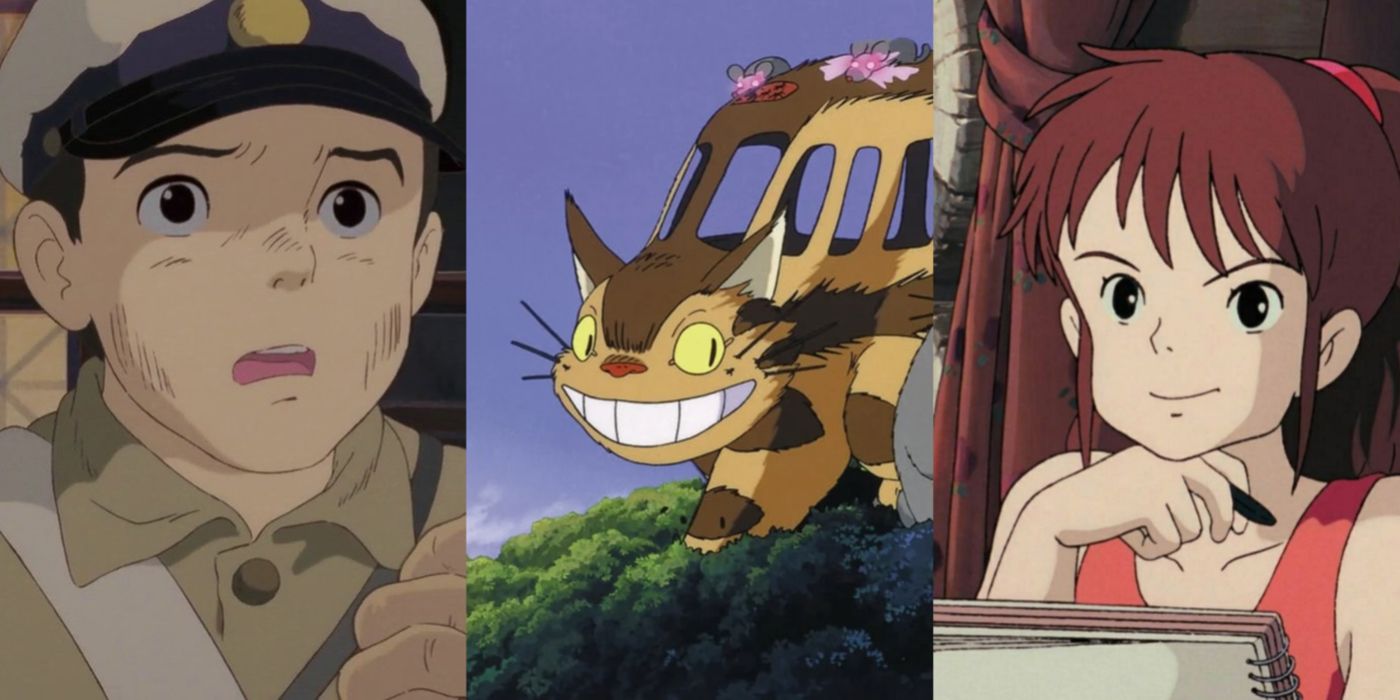
Related
The 10 Most Memorable Studio Ghibli Characters Of All Time
The names of the most memorable Studio Ghibli characters are familiar to fans both old and new, showing their staying power in popular culture.
4 “I Thought I Saw Satski And Mei Smiling At Us From Up In That Tree.” “It Sounds Crazy, But Maybe You Did.”
Yasuko (Mother) & Tatsuo, To Each Other
At the end of My Neighbor Totoro, the girls’ mother—who has been living in the hospital with illness throughout the movie—glimpses the girls sitting in the tree outside of her window. She says this to her husband, who is visiting her, and he responds with little surprise, as he has been a believer in the spirit who lives in the woods, Totoro, since the moment Mei first told him that she saw Totoro. It’s a moment that sees the family reunited, even though they are not all in the same room.
The scene also shows how Mei and Satsuki learn about their considerate worldview from their parents. The scene encapsulates the blend of reality and fantasy that defines Miyazaki’s work, illustrating the deep connection between the characters and the natural world around them. Yasuko’s vision of her daughters in the tree symbolizes hope and the enduring bond of family, transcending physical distance and illness. This moment also highlights the healing power of nature and imagination, suggesting that love and belief can bridge any gap, whether it be physical or emotional.
3 “If The Soot Gremlins Decide You’re Nice People, They Won’t Harm You. And Eventually They’ll Go Away.”
Granny, To Mei & Satsuki
The neighbor down the street from Mei and Satsuki’s house, referred to as Granny, explains to the girls that Soot Gremlins often live in homes and that they’re nothing to be afraid of. If the Gremlins think a house’s inhabitants are friendly, they will move out. The scene is just one of many lovely instances showing why My Neighbor Totoro is one of the best anime movies for kids, as the film always treats the thoughts and feelings of its young protagonists with care and respect.
The moment is also the start of Mei and Satsuki’s connection to Granny, who becomes a comforting figure in their lives as the story progresses. Granny’s reassurance about the Soot Gremlins highlights the film’s gentle approach to addressing childhood fears and the unknown. By framing the Gremlins as harmless creatures that respond to kindness, the film teaches a valuable lesson about empathy and understanding. This interaction also showcases the sense of community and support that surrounds Mei and Satsuki in their new home, reinforcing the theme of interconnectedness between people and nature.
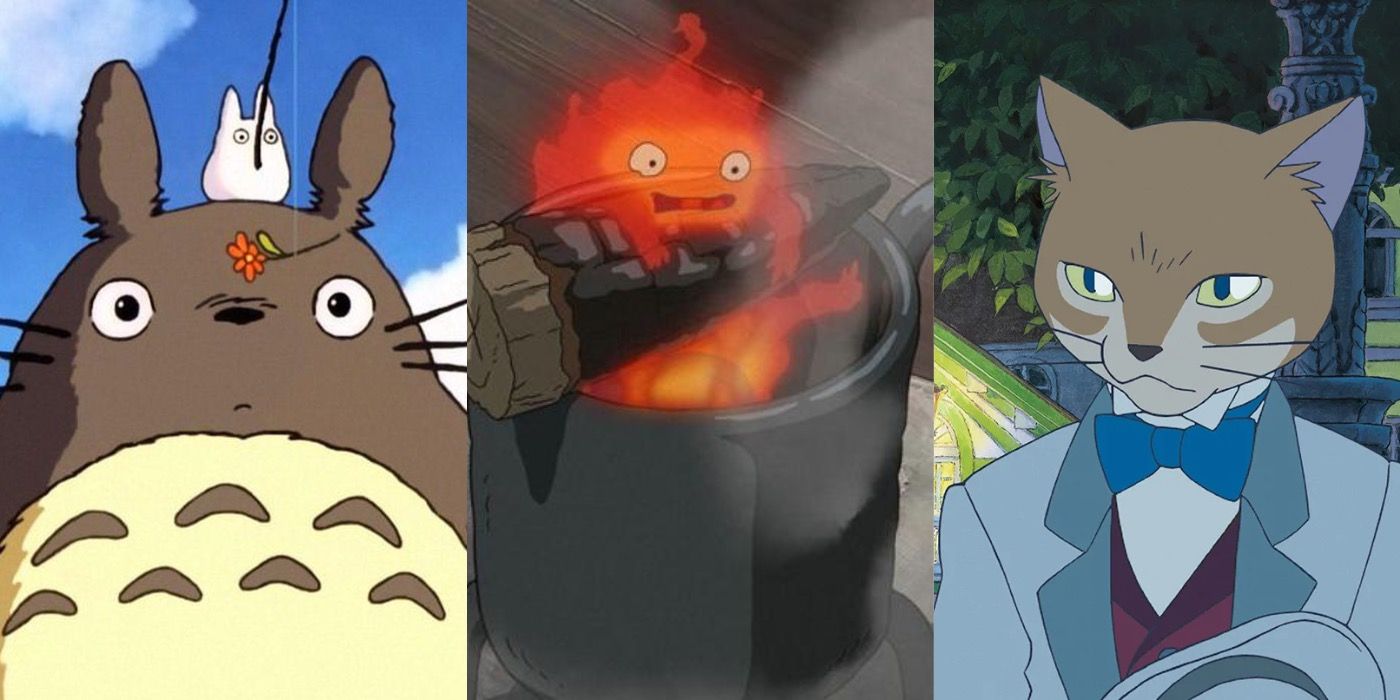
Related
10 Studio Ghibli Animated Creatures That Are Too Cute To Take Seriously
Studio Ghibli’s unique films introduced audiences to a range of cute characters, from playful cats to otherworldly creatures.
2 “You Must Have Seen One Of The Spirits Of The Forest, And That Means You’re A Very Lucky Girl. You Can Only See The Spirits If They Want You To. Let’s Go Give Them A Proper Greeting.”
Tatsuo, To Mei
Mei and Satsuki’s father, Tatsuo, patiently listens to Mei’s tale of having met the large, fluffy creature Totoro in the woods, explaining that she followed him through a tree hole into his beautiful, mossy, butterfly-filled home. She insists to her father that she isn’t lying, sure that he won’t believe her. To Mei’s surprise, though, he believes her at once, making no fuss over the matter and simply stating that they will go and say an official hello to the spirits of the forest.
This shows Tatsuo’s polite nature and is one of many scenarios where he is revealed to be a very caring father. The interaction exemplifies the open-minded and nurturing parenting style that Tatsuo embodies, which is central to the film’s gentle, accepting atmosphere. His immediate belief in Mei’s story, without skepticism, encourages her imagination and sense of wonder. By suggesting they greet the forest spirits, Tatsuo bridges the gap between the real and the fantastical, reinforcing the idea that both can coexist harmoniously.
1 “Magnificent Tree. It’s Been Around Since Long Ago, Back In The Time When People And Trees Used To Be Friends.”
Tatsuo, To Mei & Satsuki
The best My Neighbor Totoro quote comes from Mei and Satsuki’s father, Tatsuo. He is the glue that brings the whole film together, and he gives the story more power beyond the pleasure of watching the children enthusiastically interact with the world. Mei and Satsuki look to their parents as an example. In this quote, Tatsuo admires nature, acknowledges history, and asserts the value of camaraderie between humans and the natural world. Summarizing the environmental message of many Ghibli works, Tatsuo’s words encourage not only his daughters but also the audience watching, to evaluate their relationship with nature.
This statement by Tatsuo encapsulates the profound respect and reverence for the natural world, which is another recurring theme in Miyazaki’s movies. By highlighting the ancient bond between people and trees, Tatsuo instills a sense of historical continuity and environmental stewardship in his daughters. This moment emphasizes the importance of harmony between humans and nature, suggesting that modern society has lost a vital connection that once existed. His perspective encourages both Mei and Satsuki, and My Neighbor Totoro fans, to foster a deeper, more respectful relationship with the world around them.




